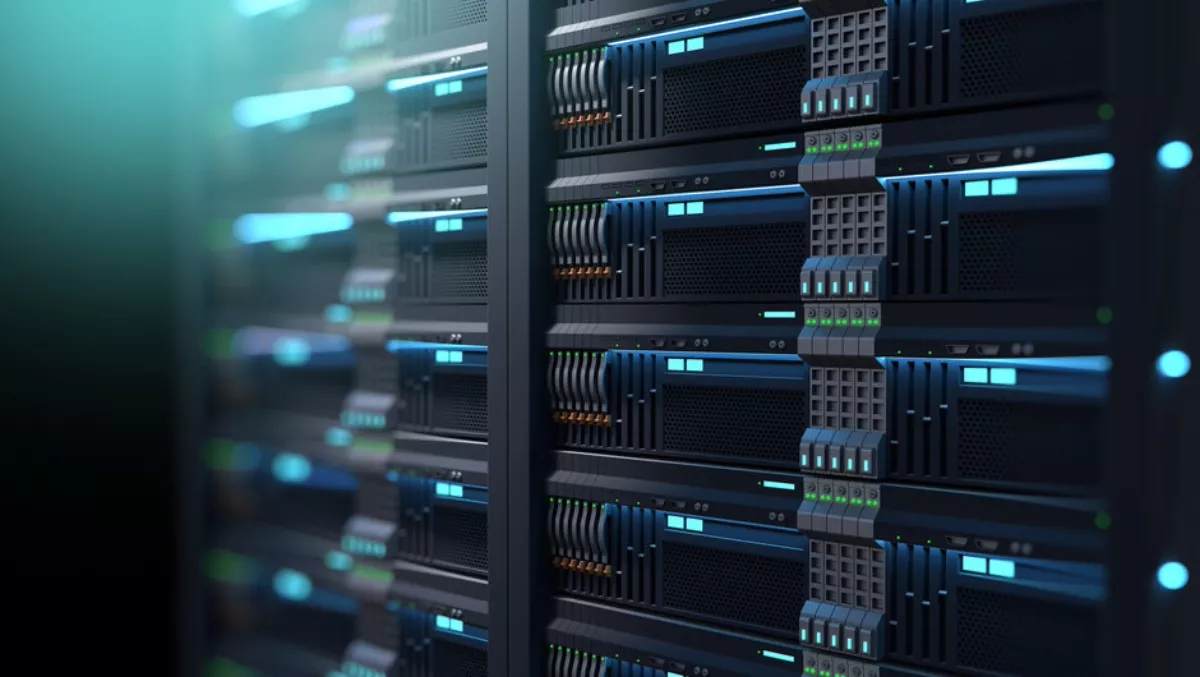
The proliferation of smart devices, connected sensors and the constant and insatiable need for data-driven insights has moved IT from back-office functionality to the forefront executive strategy. Servers form the foundation of the modern IT infrastructure - running a variety of workloads from database to software-defined storage. Therefore, as servers become more critical in a software-defined data center architecture, server security becomes the foundation of overall enterprise security. However, server security at both the hardware and firmware level is often overlooked or neglected by businesses. This can be corrected by leveraging an immutable Root-of-Trust, which will establish a chain of trust extending throughout the server lifecycle, from deployment through maintenance to decommissioning. Dell EMC's 14th generation of PowerEdge servers aims to deliver this chain of trust and combines it with comprehensive management tools to provide robust layers of security across hardware and firmware. To protect the data in response to security threats faced in the modern IT environments, Dell EMC has established a three-step approach while designing 14th generation PowerEdge servers. The approach revolves around the concept of Protect-Detect-Recover.
- Protect: The 'protect' function is a key component in guarding against cybersecurity attacks. This function consists of several categories including access control, data security, maintenance, and protective technology. The key underlying philosophy is that infrastructure assets must provide robust protection against unauthorised access to resources and data as part of a comprehensive secure installation and computing environment.
- Detect: This function provides complete visibility into the configuration, health status and change events within a server system. This visibility also detects malicious or other changes to firmware or basic input output system (BIOS).
- Recover: This function helps in recovering the BIOS, firmware and OS, eventually getting back to the consistent stage. Recovering data in the case of a malware attack is critical for businesses as they compromise software and hardware products. Hence, timely responses to common vulnerabilities as well as the new ones are important for businesses so that they can swiftly assess their exposure and take appropriate actions.
Dell EMC India compute and networking group senior director and general manager Manish Gupta says, "In recent times, data center security as well as server architecture security has become critical. “Cyber attacks have the potential to not only delay the system and business downtime, revenue and customer loss, legal damages but also tarnish a company's reputation.